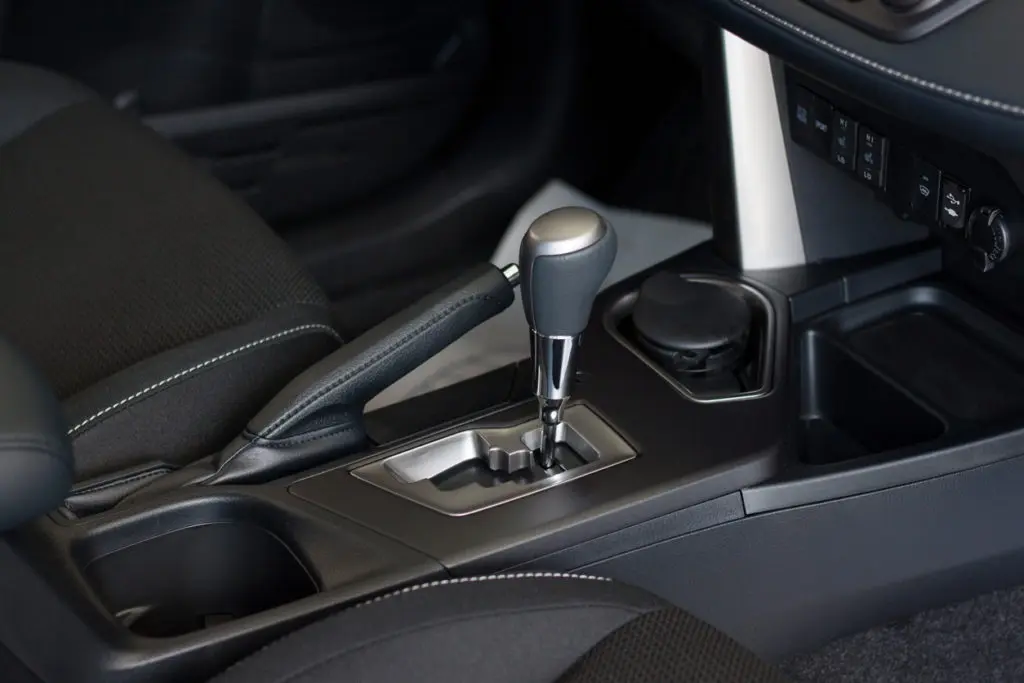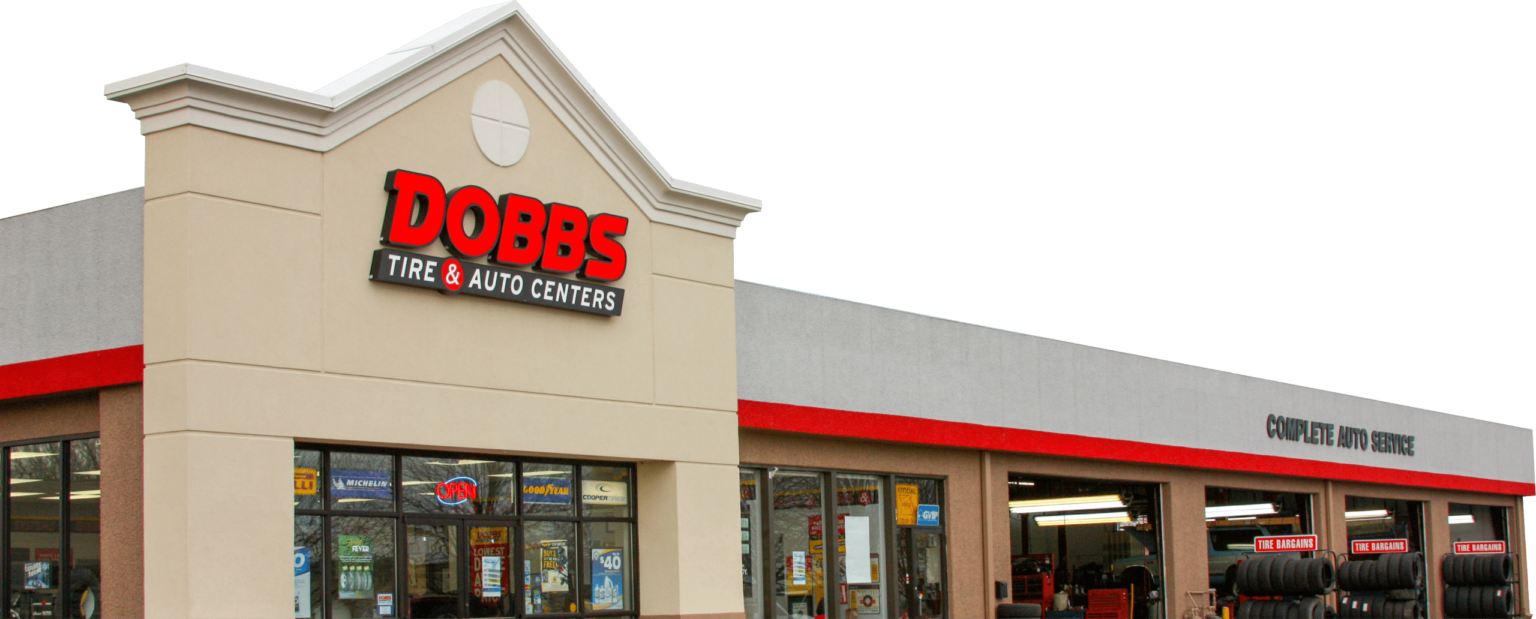Automatic Transmission, An Anatomy Lesson
Put simply, the modern automatic transmission is a marvel of engineering, pulling together multiple disciplines, including physics, hydraulics, electronics, and mechanical theory. Made up of hundreds of both moving and stationary parts, a bevy of sensors and solenoid valves, pumps, clutches, brakes, gears, all of it bathed in hydraulic fluid, and one TCM (Transmission Control Module) “to rule them all,” the automatic transmission can be difficult to comprehend, but not for the technicians who work on them.
The transmission itself is an absolutely-necessary component, because the vehicle needs some manner of transmitting engine power to the wheels, but it also needs to step down that power to something that the wheels can use. If the engine were connected directly to the wheels, the minimum speed might be 700 rpm, which would translate to over 50 mph. Step on the gas, and the tires would be spinning fast enough to go nearly 140 mph at 3,000 rpm (Calculated from a 225/60R16 tire rolling 782 revolutions per mile). Of course, the wheels would simply burn off the car, if it didn’t break the engine first.
Step-down gearing, inside the transmission, gets those revolutions down to something manageable. Additionally, multiple gear ratios keep the engine in its most-efficient range at different speeds. Finally, there needs to be some way of disconnecting the engine from the transmission when the vehicle is at a stop. The automatic transmission does these with almost zero driver management. For the purposes of this discussion, we’ll talk mostly about how the traditional front-wheel drive automatic transmission works, but we’ll also touch on all-wheel drive, rear-wheel drive, sequential-shift, dual-clutch, automated manual, and continuously-variable types.
Couplings, Gears, Brakes, and Clutches, Oh, My!
Major parts of the automatic transmission include the torque converter, hydraulic pump, planetary gears, clutches, and brakes. The torque converter transmits engine power to the hydraulic pump and transmission input shaft. The planetary gears are lined up one after the other in a series. The TCM uses valves to control clutches and brakes to select and switch between different gear ratios.
From the engine, power first goes into the torque converter, a fluid coupling that drives the hydraulic pump and transmission input shaft. Multiple planetary gears are lined up to achieve different gear ratios. Their activation is controlled by the TCM. With the engine at idle, transmission selector in “D” (Drive), and the vehicle stationary, barely any torque is transferred to the transmission. At this point, the TCM, which may be embedded in the ECM (Engine Control Module), commands clutches and brakes to select first gear. Apply the accelerator, and the torque converter boosts fluid pressure and flow to the point where it can start moving the input shaft of the transmission. Depending on drivetrain, the transmission output shaft goes to the front differential, transfer case, or rear differential, for a final step-down gear ratio before power is transmitted to the wheels.
How Does It Know When to Shift?
Using sensor data throughout the powertrain, the TCM determines when and how to shift from one gear ratio to another. On acceleration, the transmission starts in first gear. Depending on driver demand and vehicle load, the vehicle will accelerate, in first gear, to a predetermined speed. At that point, the TCM seamlessly disengages first gear and engages second gear. It does this by engaging and disengaging the various clutches and brakes on the planetary gears, routing engine power through the appropriate gear path. As the vehicle continues to accelerate, the TCM will automatically command the engagement and disengagement of specific gears.
While cruising or over second- or third-gear, the torque converter locks up to make a direct connection to the transmission, which improves fuel economy and transmission response. To accelerate, such as during a passing maneuver, you press the accelerator pedal, which increases engine speed. At this point, to get more acceleration, the TCM may downshift into a lower gear ratio. Once you return to cruising speed, the TCM selects the higher gear ratio.
As the vehicle decelerates, the TCM selects the appropriate gear ratio for the speed of the vehicle and may unlock the torque converter. You may or may not feel any transmission response, since it’s mostly free-wheeling while you slow down. Once the vehicle gets to a stop, the transmission will be back in first gear, selected by the TCM, ready to help you accelerate again.
Variations on the Theme
Most automatic transmissions include a “manual mode,” which may be actuated by the shift lever, buttons, or “paddles.” To a certain extent, this overrides the TCM, but the TCM will not allow you to overspeed the engine, such as by trying to shift into first gear at 60 mph. Dual clutch transmissions are slightly different, in that they don’t use planetary gears, but shaft gears like a manual transmission. Continuously-variable transmissions (CVT) are a wildly different type of automatic transmission that doesn’t have specific gear ratios. Instead, two cone-shaped pulleys are connected by a belt or chain. By changing the width of the drive pulley, a change in gear ratio is smooth, keeping the engine in its most-efficient range.
Dobbs Tire & Auto Centers is Here to Help
No matter what kind of transmission you have, Dobbs Tire & Auto Centers can help you drive it well, keep it maintained, and diagnose and repair it. We live and work where you live and work, and we’ve been serving the St. Louis, MO, area for over 40 years. Today, all 43 locations are staffed by ASE Certified Auto Repair Technicians. If you have any questions regarding your automatic transmission, call or stop in and talk to one of us.

